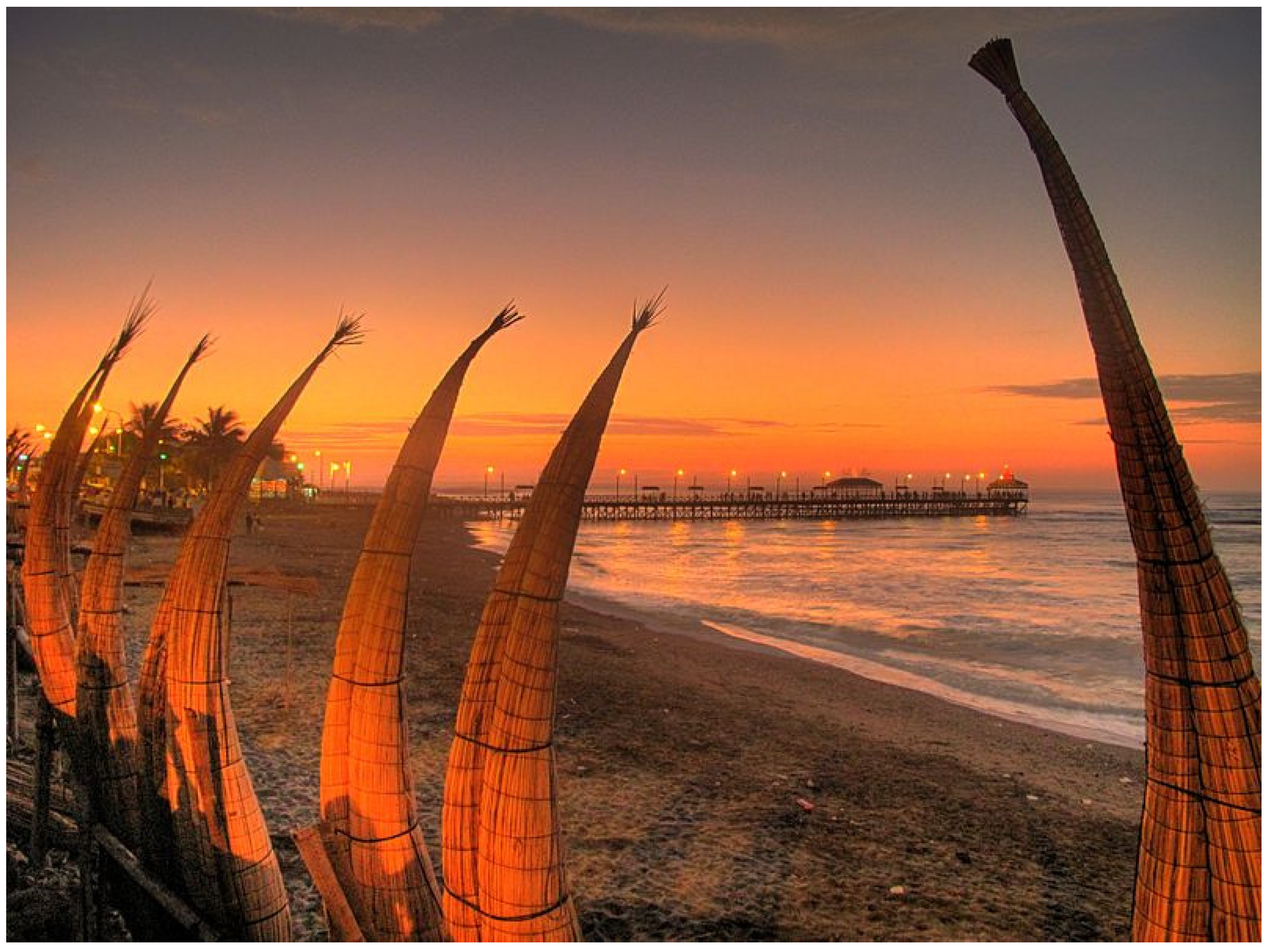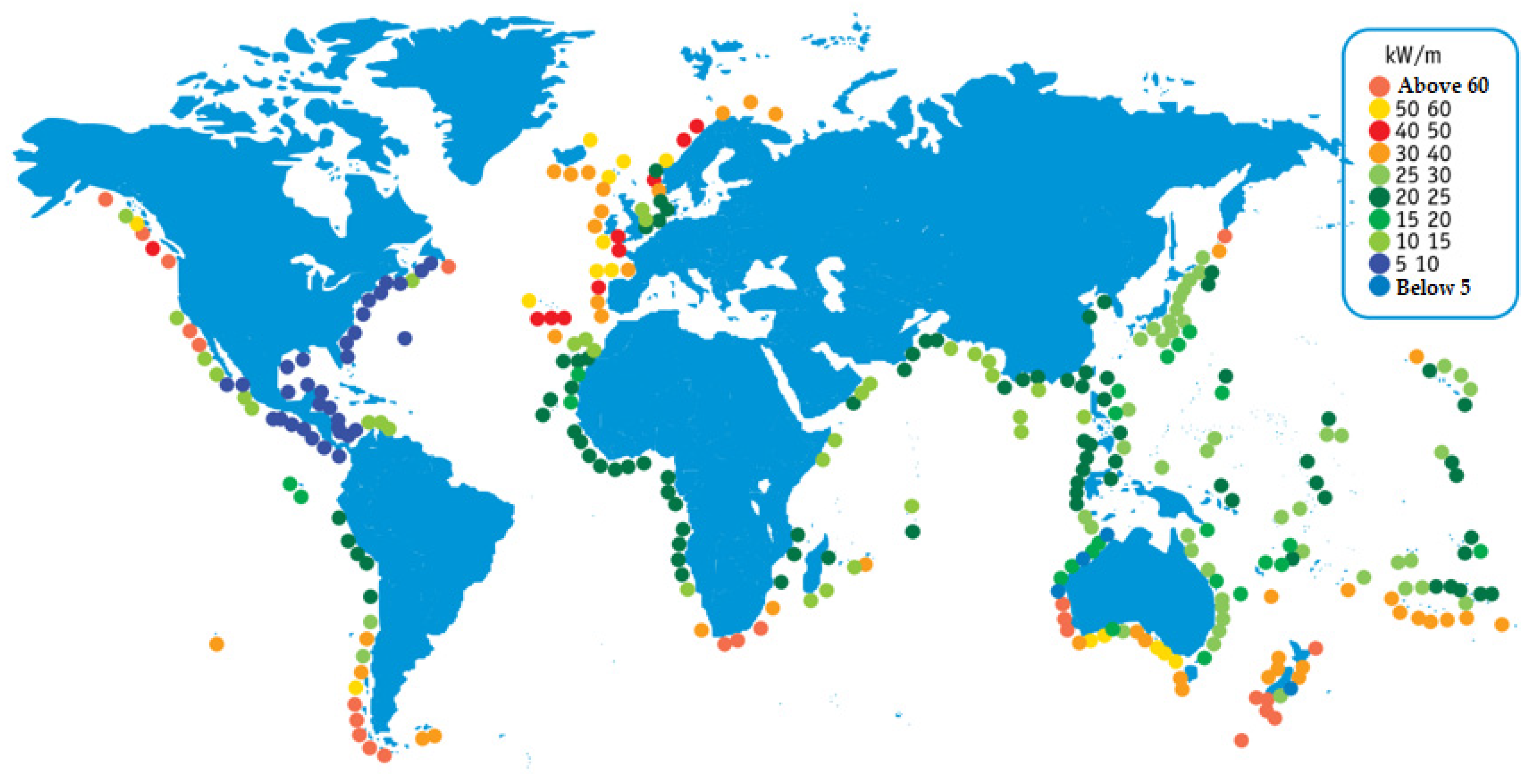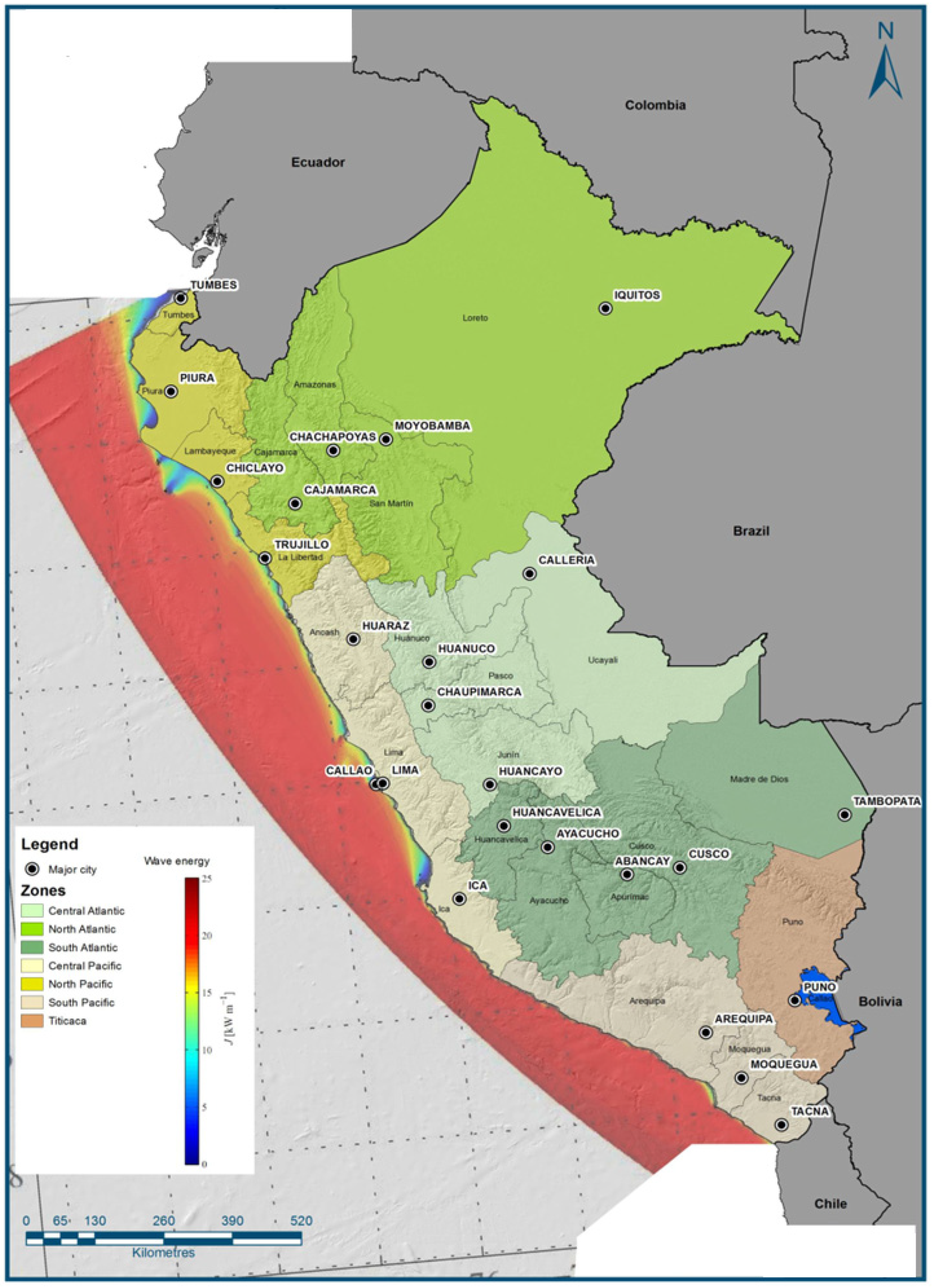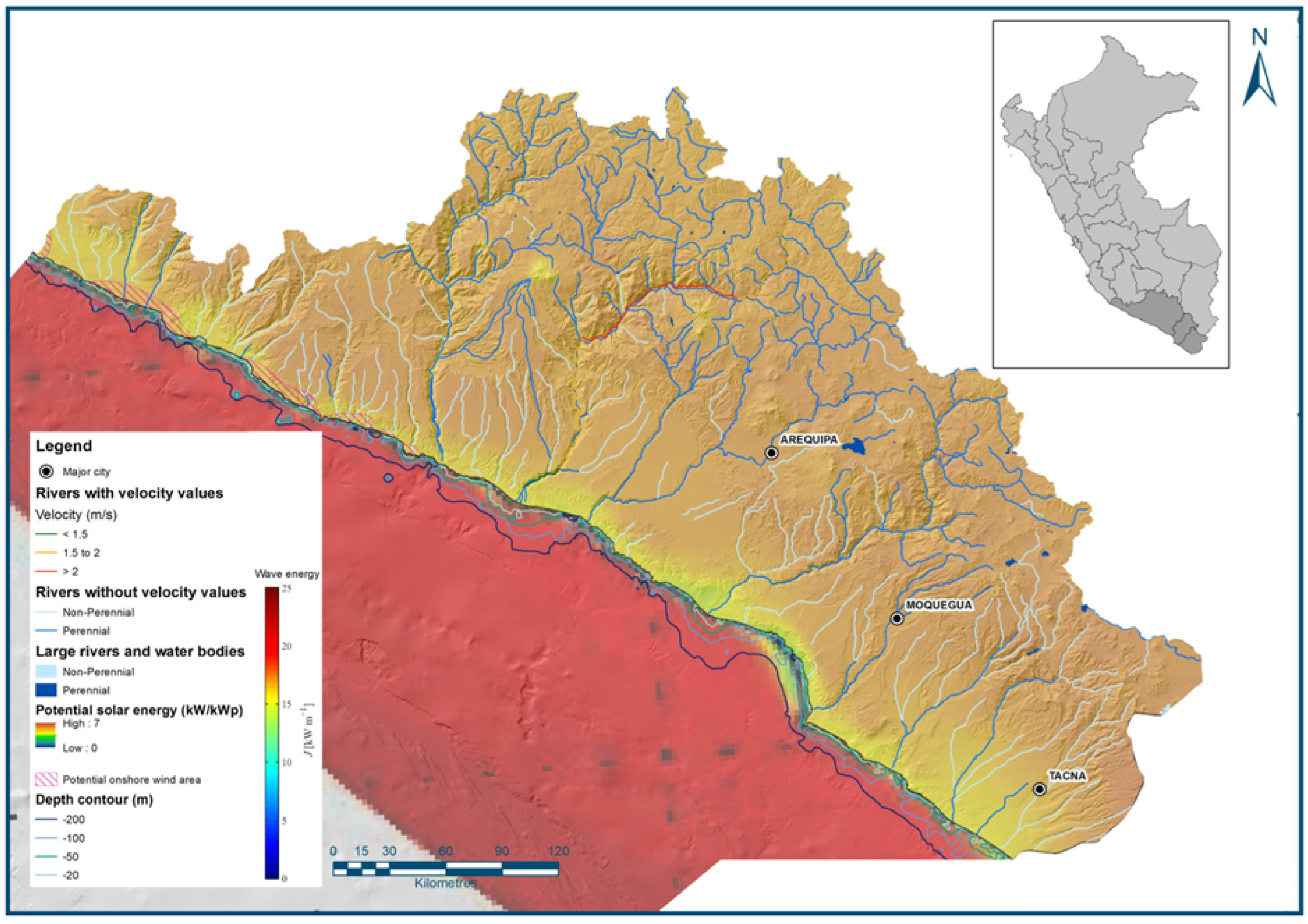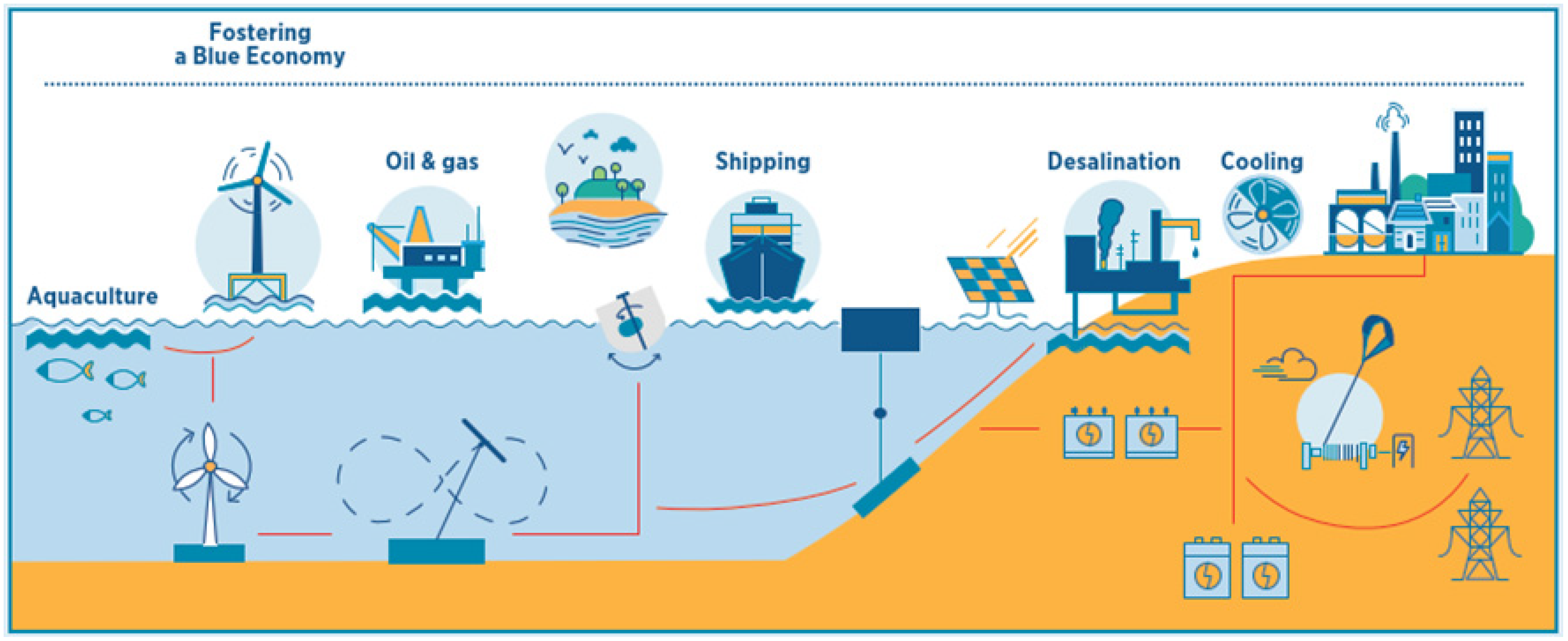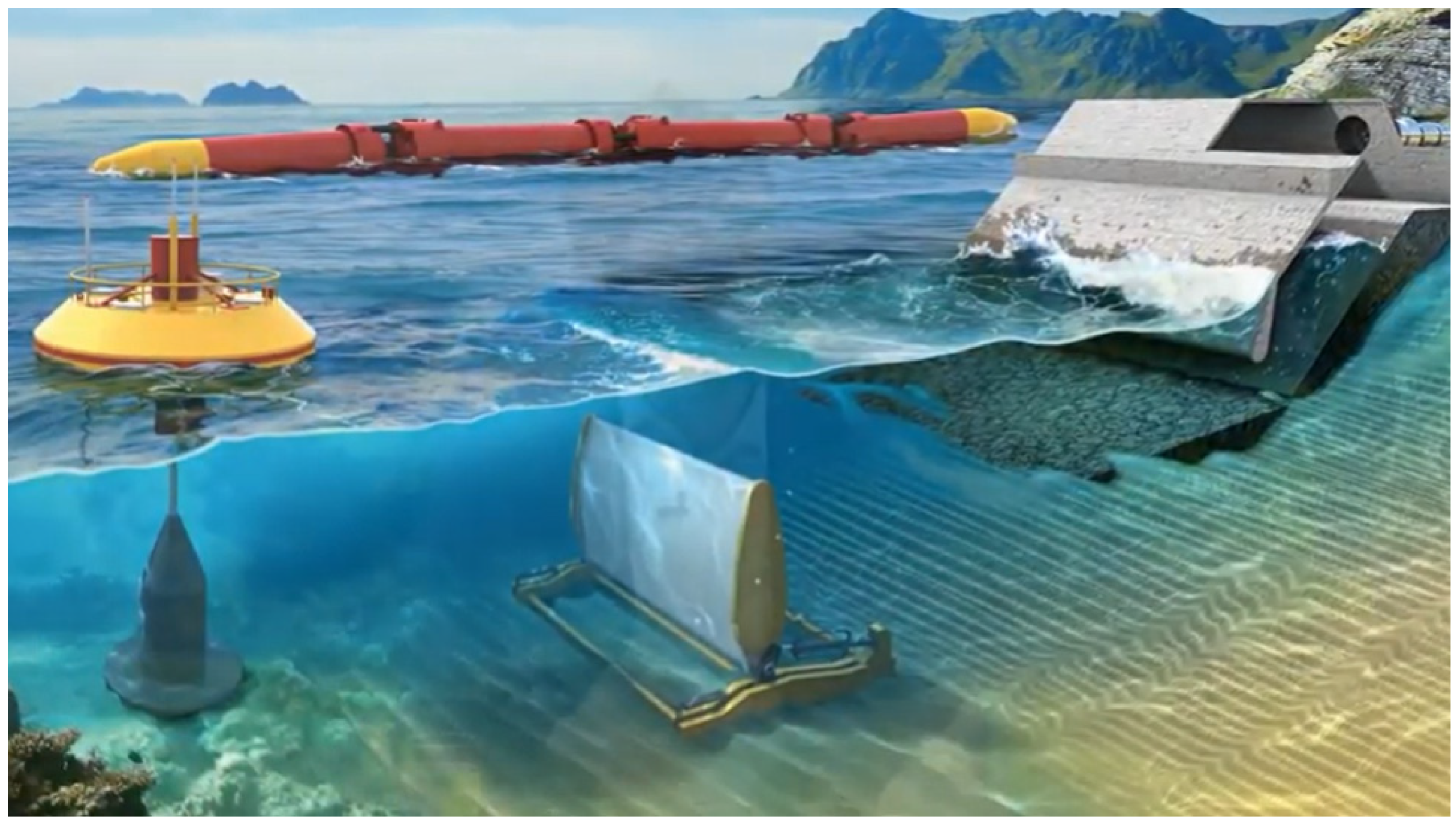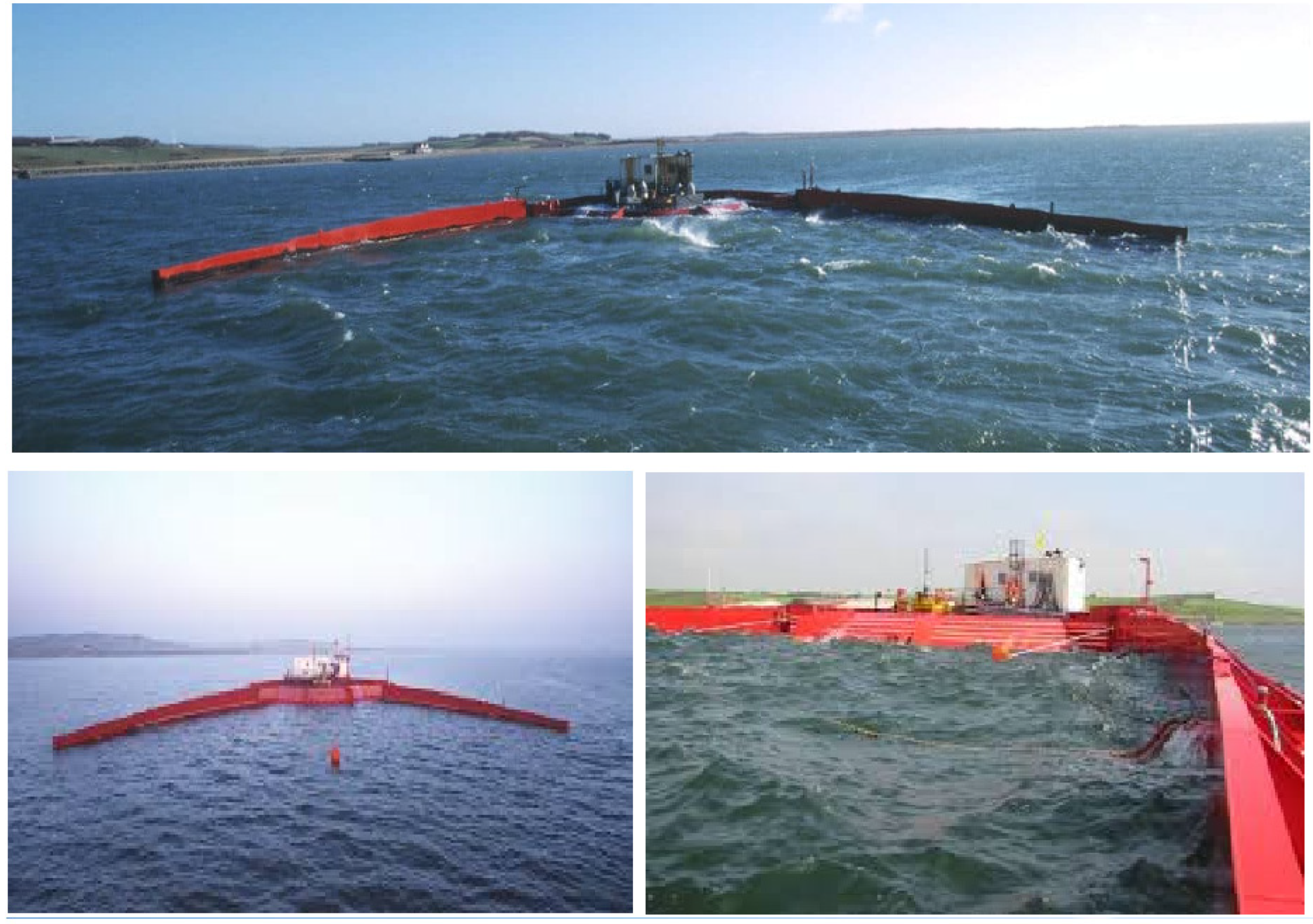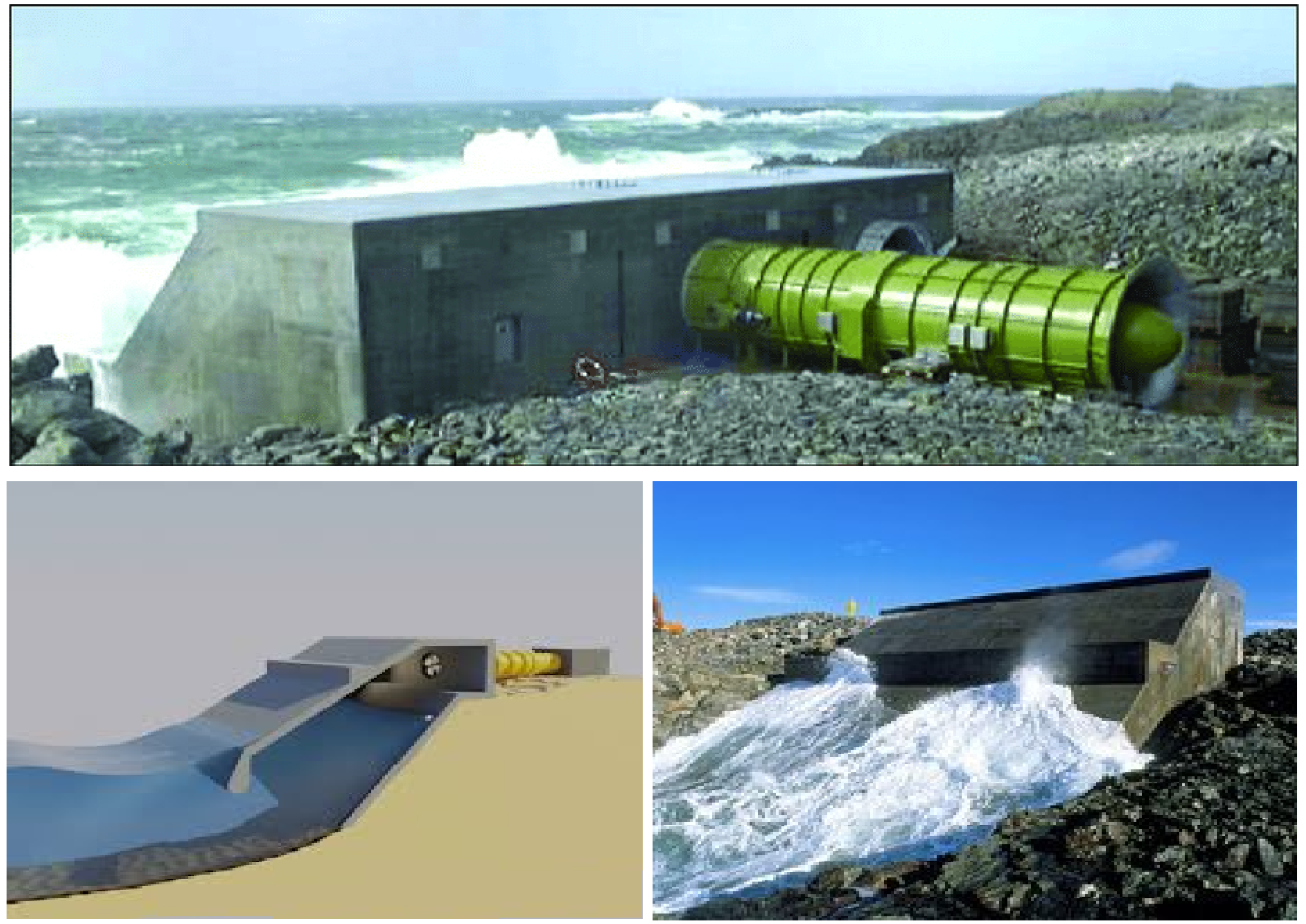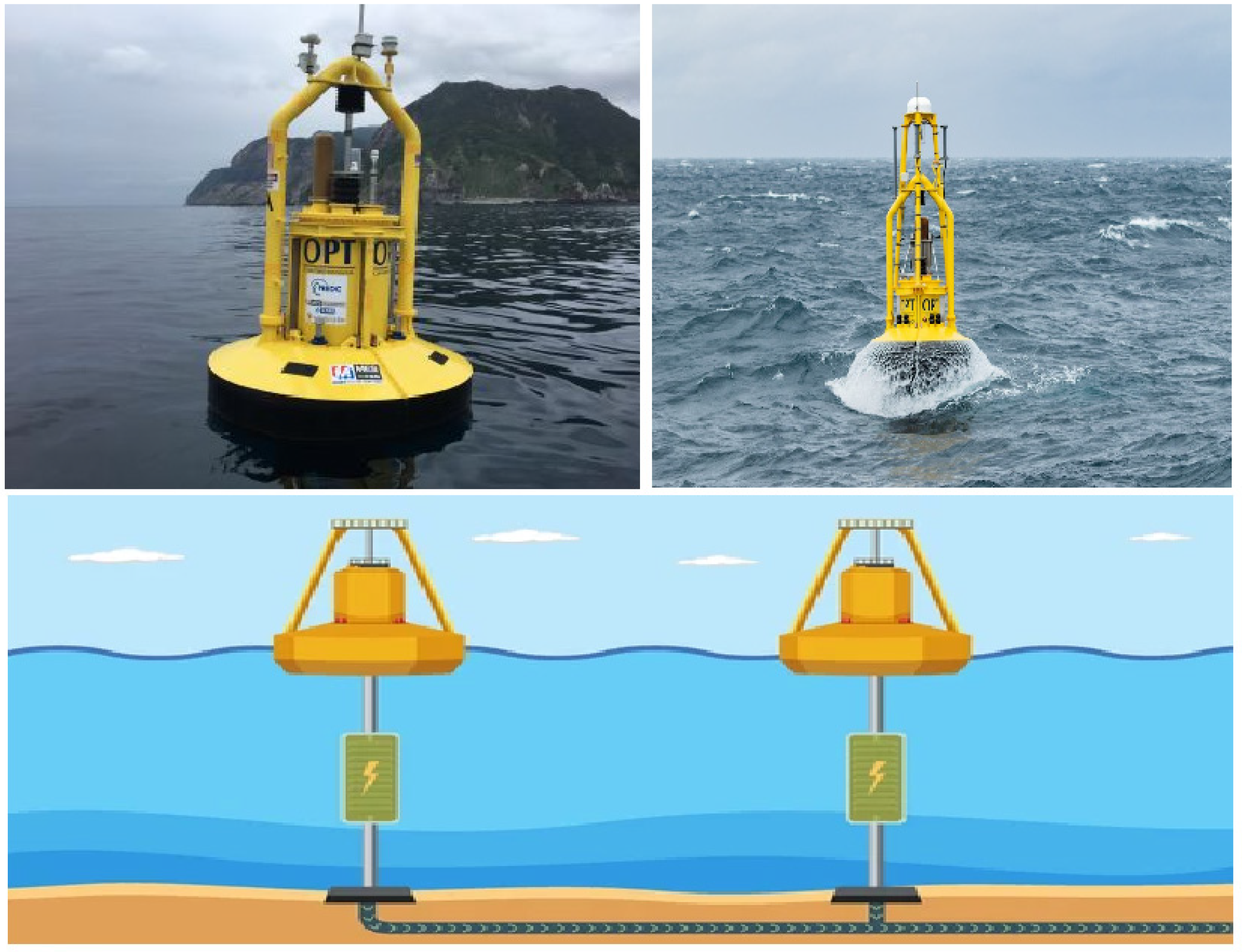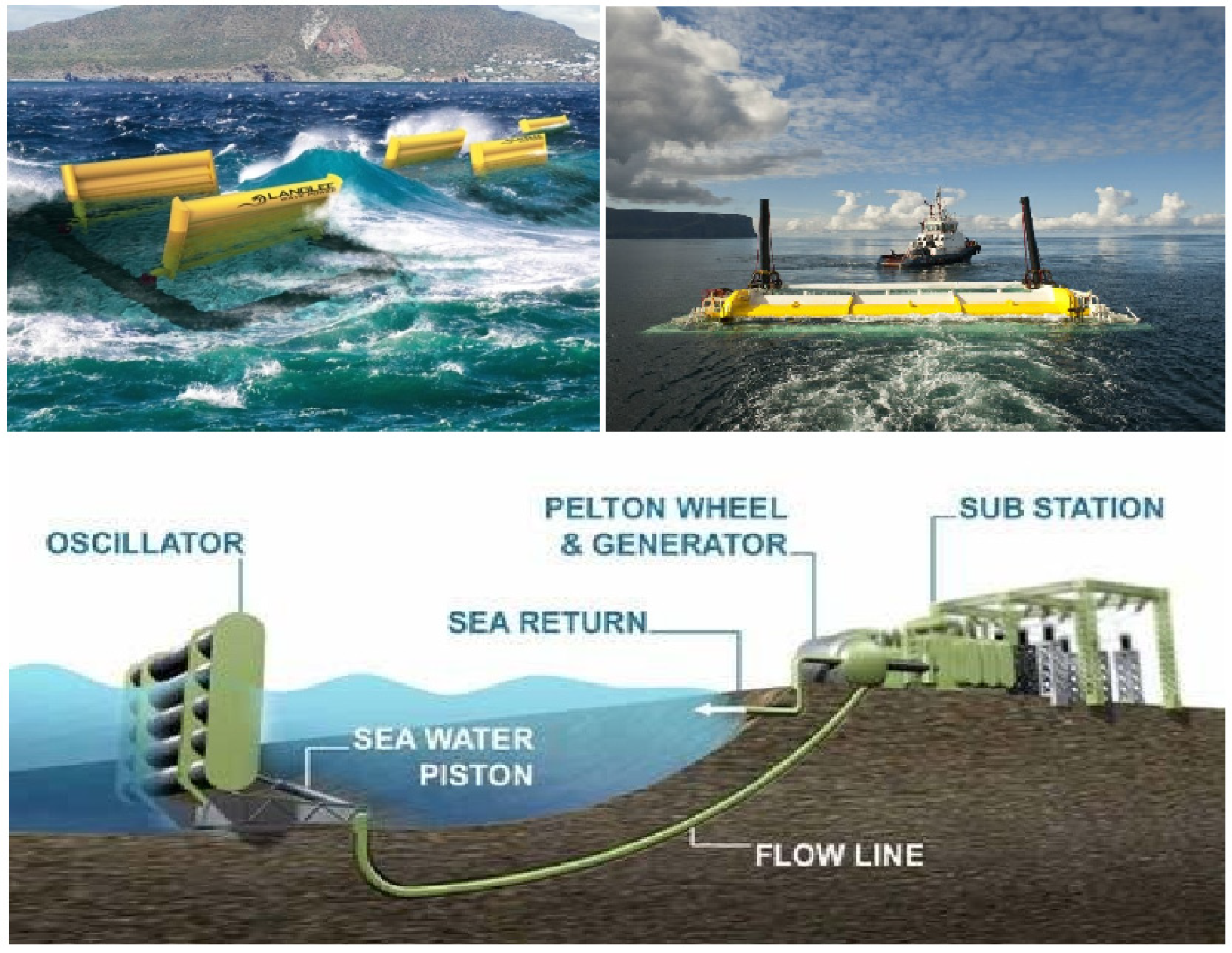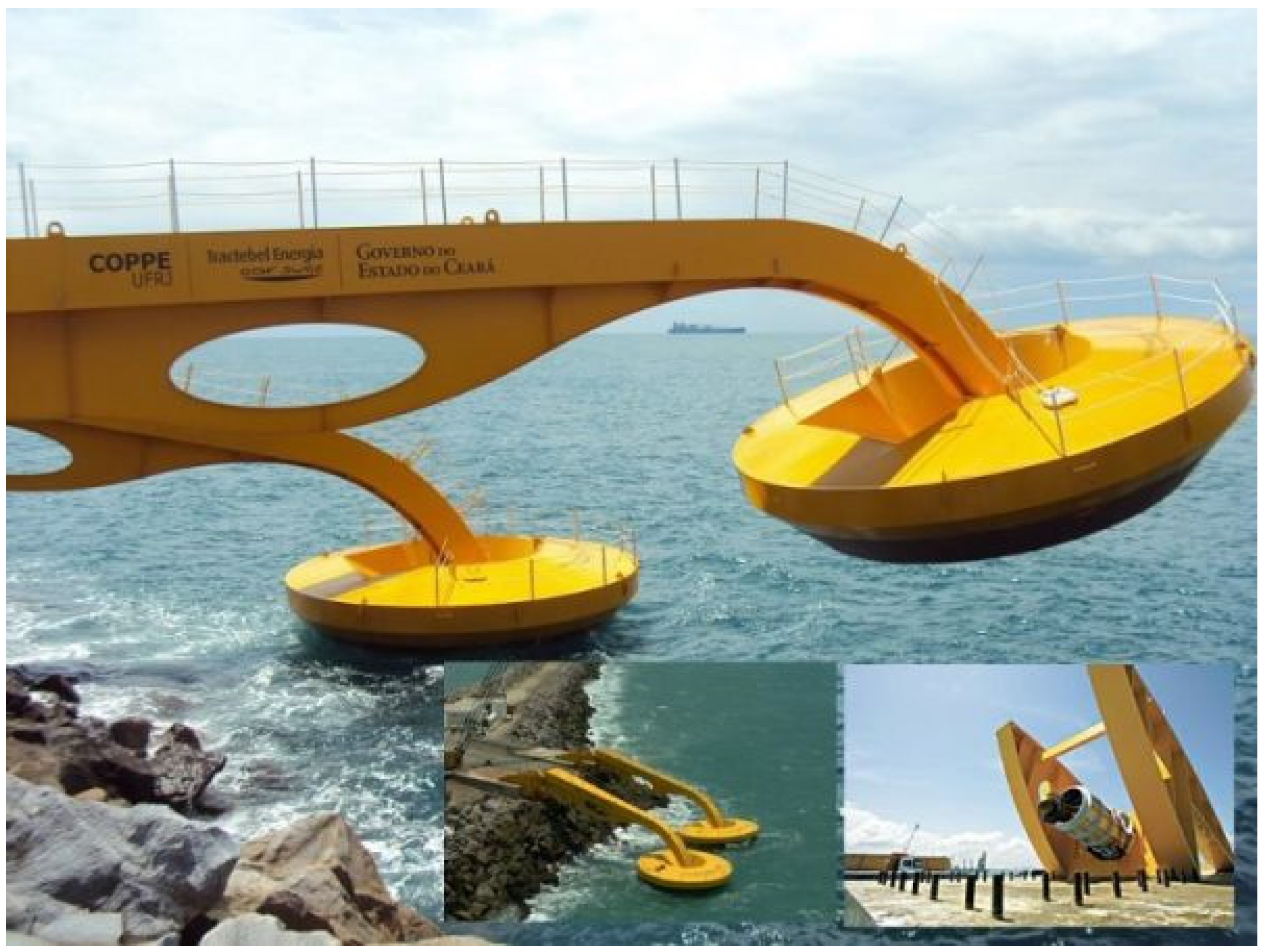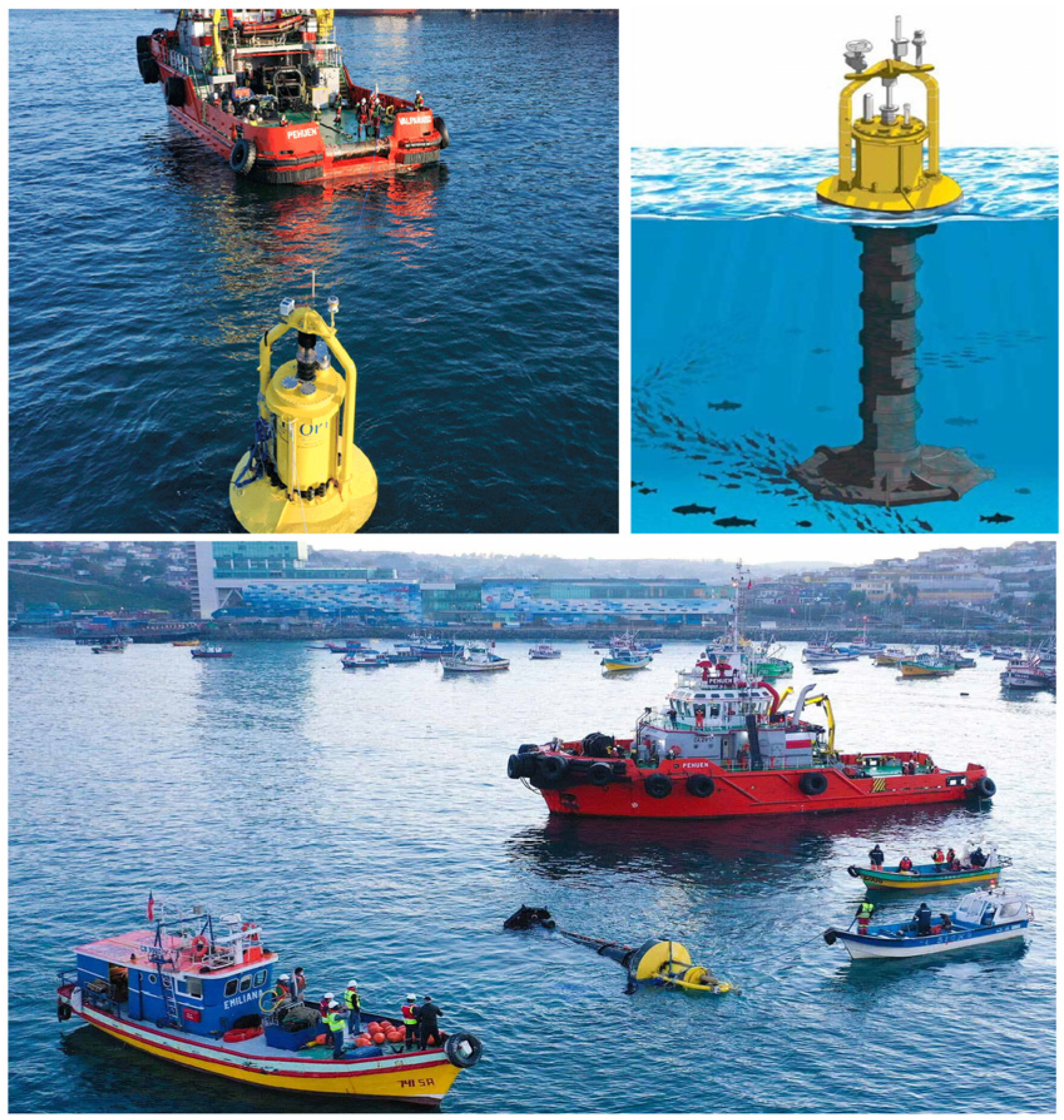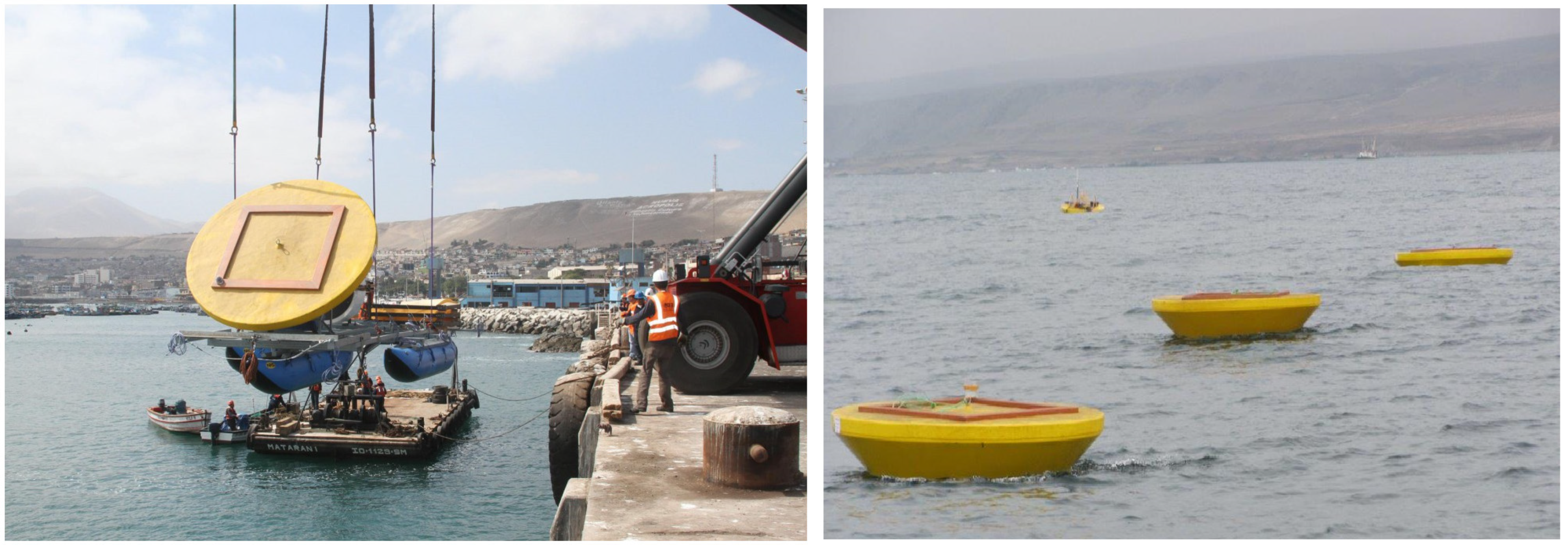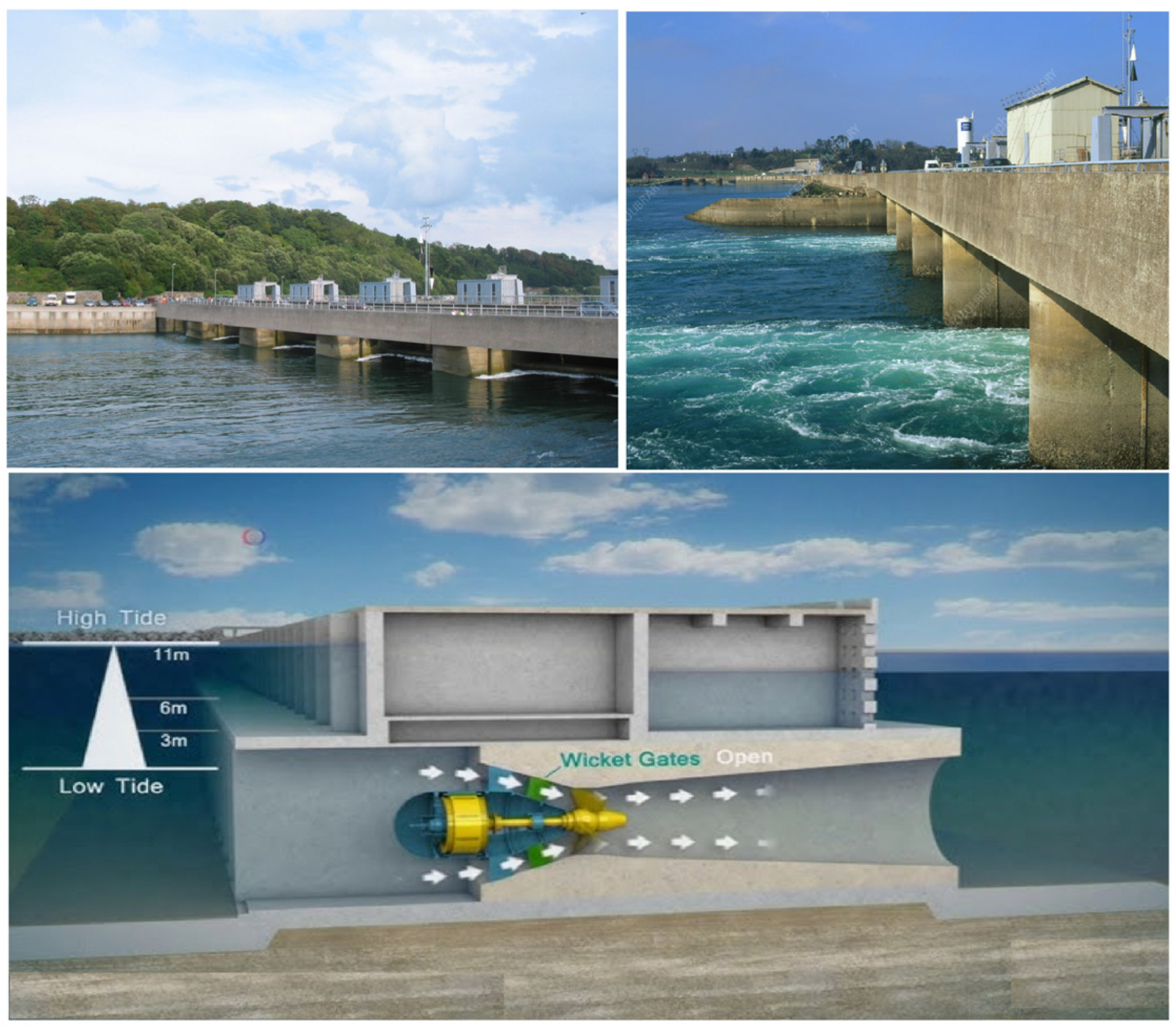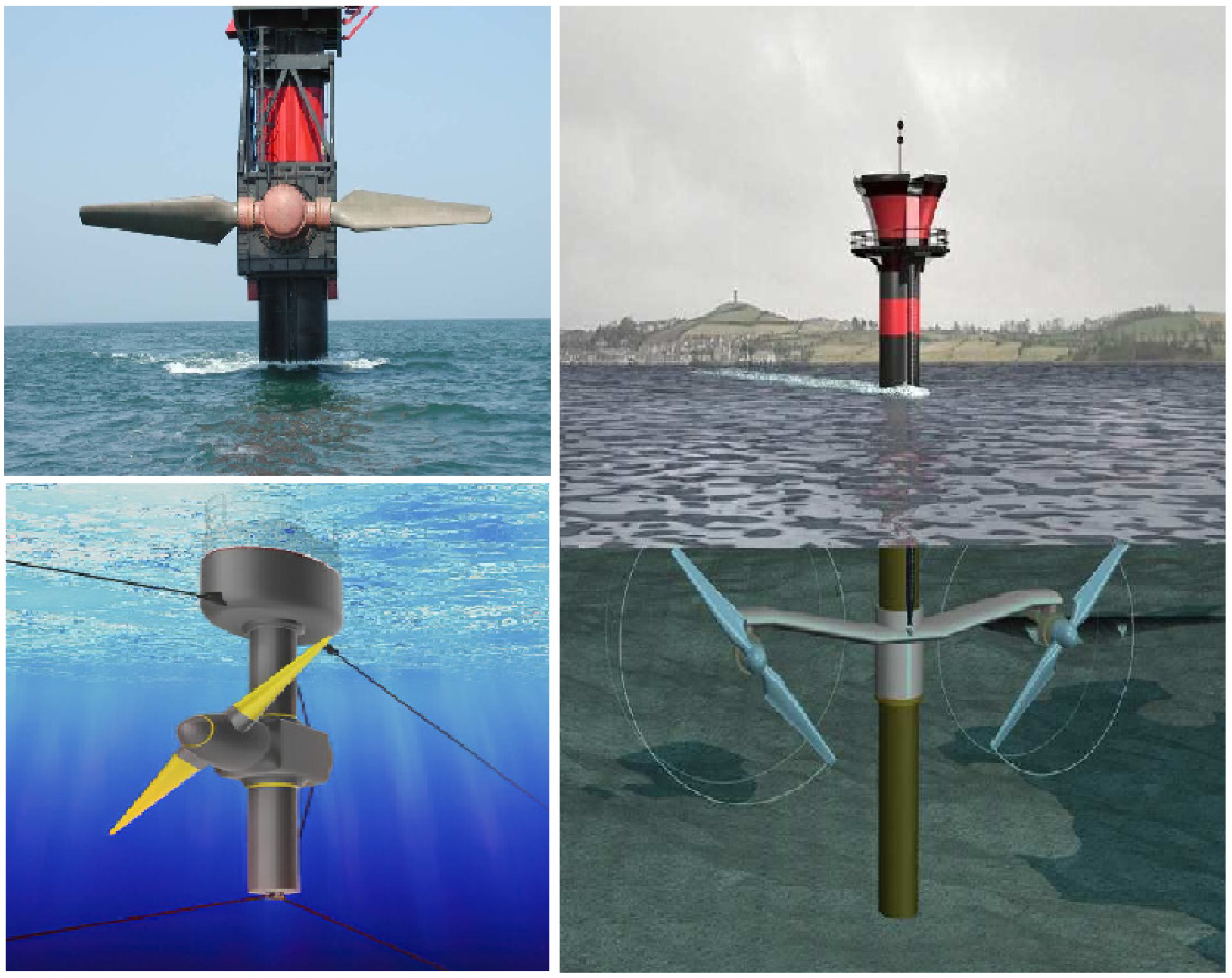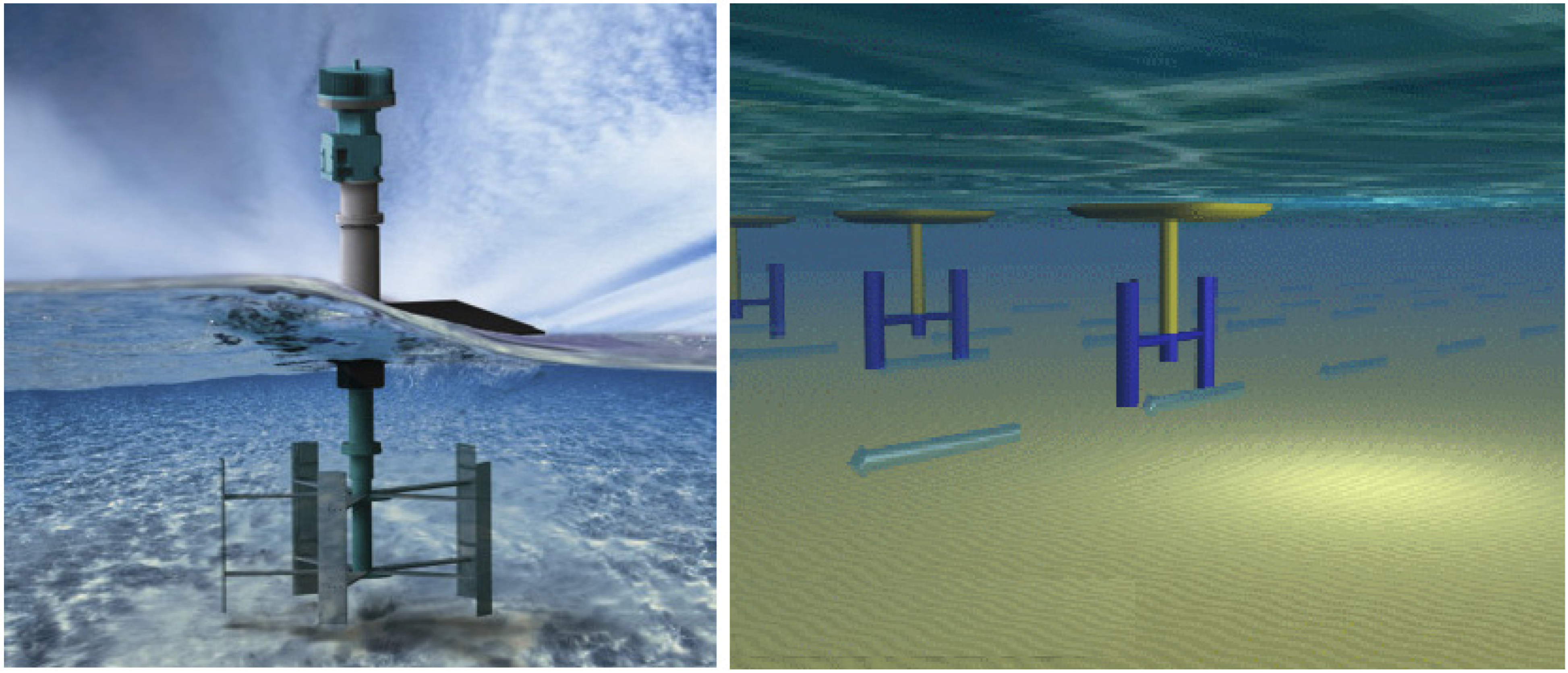The Peruvian coastline extends over more than 3000 km. As a result, the possibility of finding suitable areas for the implementation of marine energy generation projects is high. However, even though marine energy is a renewable energy source, this does not mean that it does not generate negative impacts on marine ecosystems and coastal human populations. These impacts have the potential to affect the Peruvian population in areas adjacent to areas where marine energy generation projects are implemented. Likewise, there is the potential to harm the environment and ecosystems with undesirable externalities.
4.1. Identification of Potential Socio-Economic Impacts
The implementation of marine energy in Peru has the potential to generate negative impacts in different social spheres. One of the most worrying impacts is the possible impact on fishing activities in areas close to energy generation projects. This is because the marine ecosystem of Peru, which includes the northern segment of the Humboldt system, has no comparison in terms of the tonnage of fishing landings, and in terms of production of fishing biomass [
40].
In 2015, the total population of artisanal fishermen on the Peruvian coast was estimated at 67,427 individuals [
41]. It was also reported that at the time there were approximately 87 artisanal landing sites. It should be noted that these landing sites are distributed along the entire Peruvian coast and not within a particular area. Consequently, fishing covers may be close to a region with significant offshore renewable resources [
40].
The implementation of large marine energy generation infrastructures can also affect the normal functioning of marine ecosystems, thus altering the behavior of marine fauna, as well as the transport of sediments and the routes of migratory fish [
42]. This would result in a reduction in catches by artisanal fishermen, thus generating a reduction in economic income for coastal communities and the fishing industry.
On the other hand, marine energy generation projects are developed on the seashore or in areas close to it, which generates a possible reduction in the coastal space available for recreation in the areas of location, and thus, sports and leisure activities such as surfing, diving, and sailing could be affected. Furthermore, in the case of wave energy, ocean wave energy (OWE) capture devices remain completely submerged, partially submerged, or floating [
43]. These can cause visual pollution and alteration of the coastal landscape, as well as the underwater landscape.
In addition, in Peru there is a notable tourism industry focused on the beauty of diverse coastal landscapes and experiences of contact with marine life. However, the installation of marine energy generation plants leads to the restriction of access to certain coastal areas. This would potentially affect certain tourist navigation routes. Therefore, the implementation of areas where marine energy is produced leads to the formation of a new cultural landscape and the original facilities are affected [
44].
4.2. Identification of Potential Environmental Impacts
The construction of marine energy generation plants will have an impact on the ecological environment of the site, because the presence of any foreign element in the ocean can be dangerous for the environment [
43]. The Peruvian Sea is considered the most productive in the world. Therefore, the marine ecosystem located off the coast of central and northern Peru has emerged as the “world champion” producer, by a large margin, of exploitable fish biomass [
40]. Likewise, it has great marine biodiversity; around 4500 species have been identified in its waters, including fish (1081 species), mollusks (1128 species), algae (602 species), and crustaceans (518 species) [
41].
Therefore, it is important to consider the impacts that could be caused within the Peruvian ocean by installing marine energy production plants. There are various externalities generated from the operation of these marine energy generation plants. These include the alteration of the habitats of benthic organisms, noise pollution, the generation of electromagnetic fields, and the impact of marine animals with rotor blades or other moving parts [
42].
In the case of a possible implementation of marine wave energy generation sources, the presence of various devices in the ocean can cause underlying changes in aquatic creatures both below and above the water level [
43]. There is also a possibility of affecting mammal species and coastal birds due to the risk of collision with facilities located in and out of the water. The moving rotor blades can cause injuries to fish and/or birds [
43].
Regarding acoustic disturbance, it has been observed that noise from tidal turbines can induce behavioral disturbances in marine mammals and, potentially, in fish or benthic invertebrates in the area near the turbine [
45]. In addition, aquatic creatures that are highly dependent on acoustics within the marine environment are affected. Without an adequate acoustic atmosphere, detection of prey or predators, orientation, and reproduction are hampered [
43].
Furthermore, it is known that noise pollution can have a number of effects on marine mammals, particularly cetaceans, which spend their entire lives underwater and are highly dependent on sound [
46]. Depending on the distance between underwater turbines, noise zones can overlap, leading to an increase in cumulative noise levels, and therefore impact [
45]. Therefore, sound waves with various frequencies emitted by marine power plants can generate various types of negative interference in the life of these marine mammals.
Furthermore, of all the ways in which noise can affect the lives of marine mammals, “masking” is perhaps the most predominant [
47]. In the case of marine energy generation, aquatic turbines and energy-generating devices are the sources of sound interference that cause masking. In this sense, it is important to remember that auditory masking, or masking, occurs when the ability to detect or recognize a sound of interest is degraded by the presence of another sound (the masker) [
47]. This phenomenon consequently generates alterations in the interaction of marine fauna such as seals, sea lions, walruses, and orcas, among others, which generates changes in the behavior and socialization processes of these animals, including those related to mating, breeding, social interaction, group cohesion, and feeding [
47].
In addition, due to the change in habitat generated by the implementation of aquatic turbines, it is expected that there will be impacts caused by shock, collision, and entanglement in the blades [
43]. Small animals such as penguins and seals and fish would also be at risk of impacting or getting caught in such installations. Rotors moving at high speed on a horizontal axis can be dangerous for some fish, marine mammals, and diving birds [
43]. Furthermore, the possible reduction in hunting and feeding areas, as well as the effects of altered water movement when generating energy, have the potential to alter the way in which phytoplankton and zooplankton are distributed in the deployment area.
Furthermore, with the implementation of large submerged and floating marine energy generation facilities, there is a risk of changing tidal amplitude, tidal current, water temperature, water flow pattern, and some physical and chemical parameters [
44]. The alteration generated in marine currents and flows, for example, would also cause greater food stress in the food chain, and consequently the migration routes of fish, birds, and mammals could be altered. In the case of seals, it has been shown that there is a significant decrease in abundance up to 2 km away from the turbine during periods of operation, suggesting that they may be perceived as aversive by seals [
48].
Such modification of the natural flow of water in the coastal strip within the site area has the potential to cause changes in sedimentation patterns, erosion, and characteristics of the coastline, thus generating hydrological and ecological impacts. Since the residence times of the water parcels and the particles carried by passive drift can be especially important for the dynamics of the ecosystem within an upwelling zone [
40]. Similarly, in terms of impacts on erosion, sediment deposition and change in water flow; extracting energy from the tidal current will undoubtedly reduce the speed of the current and, in some cases, may alter the direction of the flow. In addition, the reduction in water speed will hinder the deposition of particles, which will affect the benthic zone and modify the water level [
43].
4.3. Proposal of Solutions to Mitigate Socio-Economic Impacts
The implementation of marine energy in Peru can cause negative impacts such as those mentioned above. However, these impacts can be gradually mitigated if they are addressed appropriately. Regarding the social component, it is vital to have initiatives and projects that not only offer training and environmental education but also active participation by the actors involved. Likewise, regarding environmental conservation, it is essential to have sustainable solutions that protect the affected ecosystems and allow the integration of renewable energy generation technologies with a lower impact.
Environmental education is one of the most important actions to mitigate the most relevant social impacts. Therefore, it is necessary to have environmental education projects. Informing the population in a clear and transparent way about the positive impacts of the use of marine energy contributes to reducing or avoiding possible rejection by the population. Furthermore, renewable energy sources generate great benefits not only from an environmental point of view but also from a socio-economic point of view. In Peru, the coastal area is not only surrounded by large and widely developed cities; there are also small developing communities. In these places, access to electricity throughout the day is often limited or non-existent. For this reason, a key objective is to increase access to electricity in rural areas, which is crucial for economic development and poverty reduction [
49]. A key focus is increasing electricity access, particularly in rural areas, which is crucial for economic development and poverty reduction, and that is why it is necessary to have an informed population that does not only observe the negative externalities.
In addition, it is essential to address the negative social impacts, taking into account community participation. In the case of the impact on artisanal fishermen, for example, it is key to highlight the important role that institutions such as IMARPE would play. Programs such as “Strengthening Artisanal Fishing” not only promote more responsible fishing, but also provide useful scientific information to obtain greater fishing productivity [
41]. This would help artisanal fishermen adapt more easily to the new marine conditions generated by the existence of marine energy generation projects.
In addition, training programs should be provided where all the efforts and precautions that would be taken to reduce the negative socio-environmental and economic impacts are made known. With an adequate management and use plan for marine energy generation, a positive economic impact will be produced in Peru. Marine energy can influence the economic system of an entire region, contributing to the sustainable development of the entire economic system and providing clean energy for human development [
44].
On the other hand, if there is a sustainable development program in marine energy generation areas and an adequate coastal zoning plan, recreation activities, fishing, the tourist industry, and navigation, among others, will be able to recover from the possible impacts that energy generation in the place could generate. With the existing resources, the improvement of technological efficiency could substantially increase the economic production and environmental conditions of the maritime industry [
44]. In addition, with having a good sustainable development program, exclusive zones for both artisanal and industrial fishing will be clearly defined. In this way, the existence of zones exclusively assigned to the production of marine energy can also be guaranteed, thus achieving a relationship of mutual benefit for society in the place.
In tidal power generation projects, for example, the use of barrages as part of the power generation infrastructure is quite common. However, such barrages are located in the littoral zone, which could lead to the isolation of ships and create socio-economic problems. In addition, a case study on the west coast of the UK showed that the area has five estuaries with the potential for tidal barrage power generation. However, the installation of such an infrastructure could increase the tidal amplitude on the east coast of Ireland, resulting in coastal flooding. This, in turn, would again have social and material repercussions, affecting recreation activities in the area and changing the landscape.
4.4. Proposal of Solutions to Mitigate Environmental Impacts
One of the actions to mitigate negative environmental impacts in the implementation of marine energy in Peru is the adequate control of underwater noise levels. Due to the numerous effects that noise pollution can cause, it is important to characterize marine soundscapes in terms of sound pressure levels [
50], since this type of pollution would affect a large number of marine species present in the Peruvian sea. The inclusion of acoustic metrics in marine spatial plans will allow us to achieve conservation objectives more quickly than trying to mitigate them after a habitat has been degraded [
47]. We encourage spatial planners to work with existing gradients in noise distribution levels and marine mammal distributions.
In turn, it is important to carry out a detailed environmental impact study that takes into account possible geomorphological changes and their impact. In addition, analyses or studies that relate the efficiency of marine energy generation with the level of environmental impact in certain areas would be highly recommended. In this sense, it is vital to better define marine conservation and protection zones. According to the Ministry of the Environment MINAM in Peru, today, 7.48% of the maritime domain is protected through protected natural areas in the marine and marine-coastal sphere. This shows that there is great potential for improvement and growth in terms of marine conservation areas in the country. In addition, continuous monitoring in the areas where projects are located, as well as in their surroundings, will provide the opportunity to evaluate negative externalities over time and consequently allow the generation of solutions that are adapted to said externalities.
Negative externalities resulting from the location of dams or facilities in areas close to coastal edges for the generation of marine energy can affect the activities and behavior of marine mammals, fish, and birds. This is why an appropriate mitigation solution is presented when ship locks and fish passages are added to the dam, since new safe spaces of connection between the sea and the shores are added as part of these projects, thus facilitating entry routes to certain coastal parts. In this way, interference with fish migration and navigation channels is avoided and the development of tidal power projects is allowed in less environmentally sensitive places [
51].
